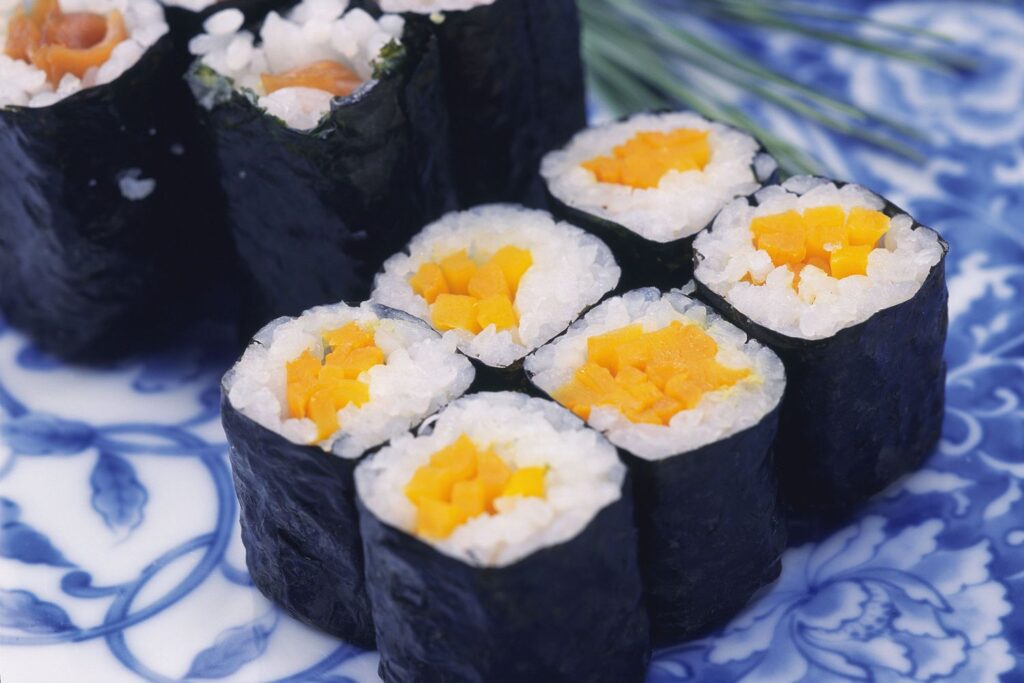In the vast tapestry of Japanese cuisine, there exists a culinary treasure known as Oshinko. The name itself, which translates to “fragrant dish,” embodies the essence of this traditional delicacy. Oshinko refers to a variety of pickled vegetables, with daikon radishes reigning supreme as the most common ingredient. Despite its simplicity, Oshinko captivates palates with its complex flavors and textures, making it a beloved accompaniment to countless meals in Japanese households and beyond.
The Daikon Radish
Central to the art of Oshinko-making is the daikon radish. Characterized by its elongated shape and crisp, white flesh, the daikon radish undergoes a remarkable metamorphosis when pickled. Its once pristine hue gives way to a vibrant yellow, signaling the infusion of flavors from the pickling process. This transformation not only enhances the visual appeal of Oshinko but also imbues it with a unique tanginess and depth of flavor.
Crafting Oshinko
The process of creating Oshinko is a delicate dance of ingredients and flavors, guided by time-honored techniques passed down through generations. While the basic recipe calls for daikon radishes, salt, sugar, and vinegar, the true artistry lies in the subtle variations and additions that lend each batch its distinct character. According to Izzy Cooking, traditional Oshinko is crafted with a meticulous balance of saltiness, sweetness, and acidity, achieved through precise measurements and careful attention to detail.
Beyond the Basics
While daikon radishes may be the star of the show, Oshinko’s versatility knows no bounds. Practitioners of this culinary craft often experiment with an array of vegetables, from crunchy cucumbers to robust carrots, to create a kaleidoscope of flavors and textures. Additionally, the addition of seasonings such as sake and red chili pepper introduces new dimensions of spice and complexity, elevating Oshink’o from a humble condiment to a culinary masterpiece.
Oshinko in Sushi Culture
Perhaps one of the most iconic incarnations of Oshinko is in the realm of sushi. Sushi enthusiasts, both vegetarian and omnivorous alike, are no strangers to the delightful crunch and tang of Oshink’o rolls. Wrapped in a blanket of sushi rice and seaweed, pickled radishes add a refreshing contrast to the savory notes of seafood or vegetables, creating a harmonious symphony of flavors with every bite. The Oshink’o roll has become a staple in sushi bars worldwide, beloved for its simplicity and versatility.
Health Benefits of Oshinko
Beyond its culinary allure, Oshinko boasts an array of health benefits that further enhance its appeal. As a fermented food, Oshinko is rich in probiotics, which promote gut health and aid in digestion. Additionally, daikon radishes are packed with vitamins, minerals, and antioxidants, making Oshink’o a nutritious addition to any meal. Its low-calorie content and absence of fat also make it a guilt-free indulgence for those mindful of their dietary intake.
Conclusion
In the realm of Japanese cuisine, oshinko stands as a testament to the artistry of pickling and the enduring appeal of simple yet flavorful ingredients. From its humble origins as a means of preservation to its status as a beloved culinary delicacy, oshinko has woven itself into the fabric of Japanese gastronomy. Whether enjoyed as a side dish, a sushi filling, or a condiment, oshinko continues to captivate diners with its fragrant aroma, tangy flavor, and crisp texture. As we savor each bite of this pickled delight, we pay homage to centuries of culinary tradition and the enduring legacy of tsukemono.







